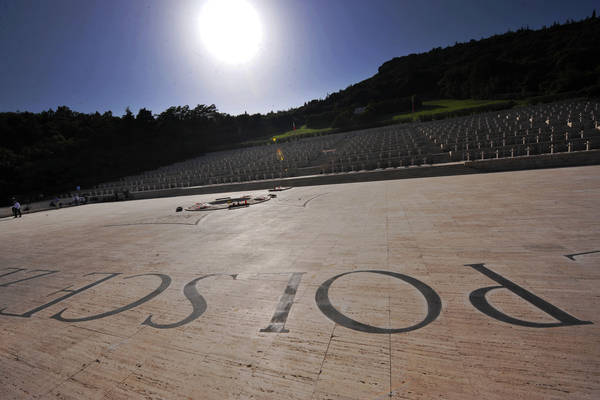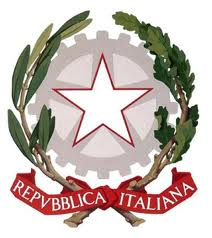Montecassino and Anders commemorated in Poland
General has become a symbol of the heroism of Polish soldiers
20 May, 10:23By Marco Patricelli
(ANSA) - WARSAW - A sentence engraved on a stone, the notes of a sad song: Montecassino is not only a remembrance thanks to the war cemetery that reminds of the sacrifice of Polish soldiers, with a long procession of Catholic crosses, but also orthodox symbols and stars of David. More than a thousand people. On a stone located by the entrance, these words are engraved: ''For our freedom and yours/We Polish soldiers /have given our soul to God/our body to the land of Italy/our hearts to Poland''. In the country of the white eagle everybody knows the melody and the words of the song telling that the red poppies of Montecassino in 1944 ''instead of dew/drank Polish blood''. On May 18, 1994, the Polish flag was wawing over the ruins of the abbey bombed by the Allies, then transformed into a fortress by German paratroopers and finally conquered with the loss of many human lives. A nation struggling to regain its lost liberty, freeing itself from the claws of the Nazi black eagle and the Soviet bear, who had dismantled Poland in September 1939 with the secret protocol of the Ribbentrop-Molotov Pact.
Montecassino is a symbol of the country, because in that place the Polish soldiers were able to hoist their flag over the rubble which had been tenaciously defended by paratroopers, opening the way for the Allies to reach Rome. General Wladyslaw Anders, commandant of the Polish II Corps, managed to achieve the goal that all the other contingents failed to accomplish. Given that symbols still exist, Montecassino is surely one of them. This is evident if you take into account the numerous streets and squares named after this part of Italy in Poland. On 18 May 1979, Pope John Paul II, Polish Karol Wojtyla, held a speech near the abbey that had kept the torch of European civilization burning throughout the dark centuries of barbarism. Today, his words have an even deeper meaning: ''The place where we are was made fertile by the blood of so many heroes: in front of them, who died for the cause of freedom and peace we have come to bow our heads again (...)''. ''March, march Dabrowski/from the land of Italy/to Poland'' are the verses of the Polish national anthem created in Reggio Emilia in 1797, in the same place where, just in the same year and in the same circumstances the Italian flag was born.
The Polish soldiers, in fact, could not march to reach their martyred country, then given to Stalin under the Yalta arrangements. So many of them, if they had gone back to their territories (eastern), would not even have found their homeland Poland there. The heroes of Montecassino, according to communist propaganda, became the ''Anders' fascists'', ''mercenaries'' of the British and Americans. The general, just like thousands of his fellowcountrymen wearing an uniform, was exiled. Both he and many of his soldiers came to know the Soviet Gulags, and Anders himself had been tortured in the cells of the notorious Lubjanka prison.
The latest will of the general, who died in exile in London on May 12, 1970, was to to be buried alongside his soldiers in Montecassino. Until 1989, the Communist Polish authorities during the ceremonies celebrating the battle avoided the tombs of Anders and his relatives. Then the wind of history has shifted. On May 18, the anniversary of the last and crucial battle of Montecassino, is also the anniversary of the birth of Wojtyla, the Pope who was able to catalyse his people's impetus for freedom.
Writer, expert in Polish history














